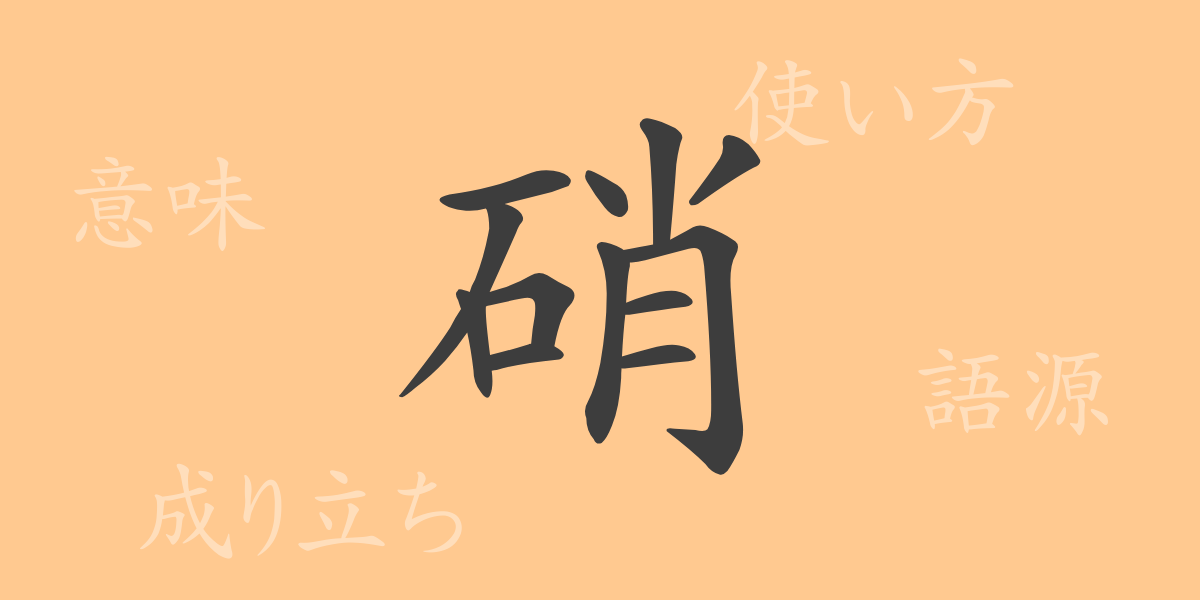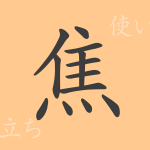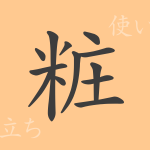The richness of the Japanese language is often exemplified through its kanji characters, each with its own unique history and meaning. “硝(しょう)” is no exception. This article focuses on the kanji “硝,” exploring its origins, meanings, usages, and the common phrases it appears in. Let’s delve into the depth that a single kanji can hold together.
Origins of 硝(しょう)
The kanji “硝” originated in ancient China as a term for the crystals formed in the process of refining sodium chloride, or saltpeter. It combines the radical for stone, “石,” with the phonetic component “肖,” which resembles “小” (small), suggesting small stone crystals.
Meaning and Usage of 硝(しょう)
Beyond its primary meaning of “saltpeter,” “硝” broadly refers to various chemical crystals such as magnesium chloride and sulfates. It is commonly used in contexts related to pharmaceuticals, fertilizers, and explosives, highlighting its relevance in chemical and industrial applications.
Pronunciation, Stroke Count, and Radical of 硝(しょう)
The kanji “硝” has specific details that are essential for understanding its use in Japanese:
- Pronunciation: The on’yomi (音読み) is ‘ショウ’; there is no common kun’yomi (訓読み).
- Stroke Count: “硝” consists of 12 strokes.
- Radical: The radical is ‘stone’ (石部).
Phrases and Proverbs Using 硝(しょう) and Their Meanings
Phrases and idioms containing “硝” often relate to its chemical properties:
- 硝子(がらす) (glass): Refers to a transparent, brittle material.
- 硝酸(しょうさん): A type of strong acid.
Summary on 硝(しょう)
The kanji “硝,” commonly used in chemical and industrial fields, provides a deep insight into the Japanese language when its origins and components are understood. From saltpeter to broader implications in modern chemistry, “硝” enriches Japanese expression, deeply integrating into both daily life and specialized areas. Whenever you encounter “硝,” remember the intricate background and meanings it carries.

























